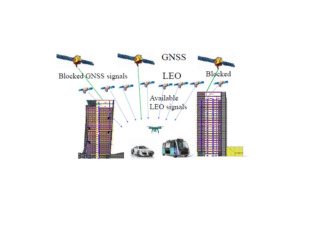Next-generation Navigation by Mega-constellations LEO satellites
A Discovery from Ahmed El-Mowafy entitled “Next-generation Navigation by Mega-constellations LEO satellites” has been funded by the Australian Research Council (ARC). This research will explore a novel positioning approach using new mega-constellations low-earth-orbit satellite communications signals to address a severe limitation of Global Navigation Satellite Systems (GNSS). It will facilitate improved positioning for services that rely on satellite positioning in challenging environments where GNSS signal visibility is limited, and where accurate positioning is needed. Expected outcomes are generating new knowledge in using satellite internet signals for navigation, advancing our satellite positioning capability essential for vital applications such as transport, mining and defence, and developing technologies to increase Australia’s satellite innovation capacity with global scalability.
Global Navigation Satellite Systems (GNSS) are essential for many vital sectors in Australia; including transport, defence, mining, agriculture, and safety-critical navigation applications. However, GNSS signal blockage occurs in challenging environments, like urban areas, bushland and indoors, resulting in unreliable or unavailable Positioning, Navigation and Timing (PNT) solutions. GNSS signals are also vulnerable to “spoofing” and radio frequency interference. This project aims to develop a novel concept that addresses these severe limitations of GNSS, by exploiting opportunistic signals that are transmitted from the new mega-constellations of low-earth orbiting (LEO) communications satellites. It will facilitate improved services that rely on satellite positioning in challenging environments, and where reliable positioning is needed. The Australian Space Agency has identified the tremendous economic, social and environmental benefits of PNT for Australia; through increased productivity, better safety outcomes, and improved environmental management. Expected outcomes are generating new knowledge in using satellite signals for navigation, advancing our satellite positioning capability, and developing technologies to increase Australia’s satellite innovation capacity with global scalability. The outcomes of the project will be shared with Australian industry and government agencies and popularised to the broader society via mainstream and social media.

